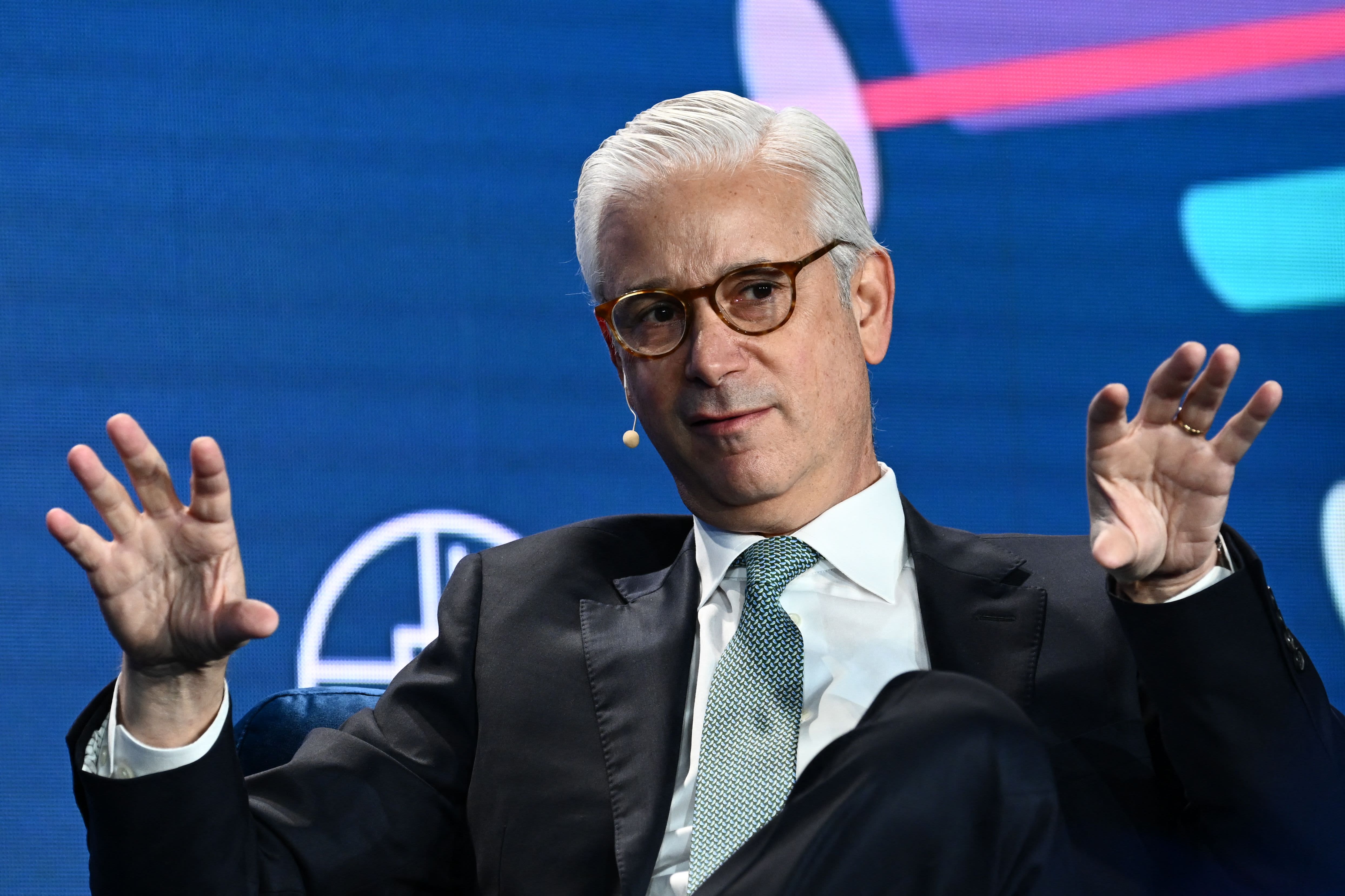Company: Mercury Systems (MRCY)
Business: Mercury Systems is a manufacturer of essential components, products, modules and subsystems. The company sells them to defense prime contractors, the U.S. government and OEM commercial aerospace companies. Essentially, Mercury Systems makes the electronics that go into defense applications. Because it pays for its own research and development, it’s not subject to the Truth in Negotiations Act that requires cost disclosure. This allows the company to have better than single-digit margins.
Stock Market Value: $2B ($34.38 per share)
Activist: Jana Partners
related investing news
Percentage Ownership: 8.00%
Average Cost: $36.30
Activist Commentary: Jana is a very experienced activist investor, which was founded in 2001 by Barry Rosenstein. The firm made its name taking deeply researched activist positions with well-conceived plans for long-term value. Rosenstein called his activist strategy “V cubed.” The three Vs were (i) value: buying at the right price; (ii) votes: knowing whether you have the votes before commencing a proxy fight; and (iii) variety of ways to win: having more than one strategy to enhance value and exit an investment. Since 2008, the firm has gradually shifted that strategy to one which we characterize as “the three Ss” (i) stock price – buying at the right price; (ii) strategic activism – sale of company or spinoff of a business; and (iii) star advisors/nominees – aligning with top industry executives to advise them and take board seats if necessary.
What’s happening?
On July 6, Jana entered into a voting agreement with the company, pursuant to which Mercury Systems agreed to appoint Scott Ostfeld, a managing partner of Jana, to the company’s board as a director. Additionally, Jana agreed to vote its shares in favor of the company’s nomination slate at the 2023 annual meeting, comprised of Gerard J. DeMuro, Roger A. Krone and Ostfeld. Both parties agreed to additional voting commitments. On July 6, Bill Ballhaus, Mercury Systems’ interim president and CEO, was also named chairman.
Behind the scenes
Mercury Systems has been a successful manufacturer of small electronic components with many favorable attributes. For starters, the company’s product is a critical part of larger defense products with the U.S. and other governments as the ultimate purchaser. Further, unlike many peers, it pays for its own R&D, making Mercury Systems more nimble and allowing it to have higher operating margins. This is a business that was growing at an average annual rate of 14% between 2017 and 2020 with earnings before interest, taxes, depreciation and amortization margins as high as 23.2% in 2018. However, management tried to move up the value chain with development programs for more elaborate sub assembly systems, which the company did not have the capabilities to properly execute. At the same time, Covid happened, which brought supply chain issues. This led to inefficiencies in production and delivery delays that led to decreased profits, lower margins and stagnant growth. Now the company is guiding to 16.5% EBITDA margins and -1% growth.
Jana was not the only activist investor to see this. Jana originally filed a 13D on Dec. 23, 2021 wherein the firm broadly called for a strategic, operational and corporate governance evaluation. Jana’s filing was shortly followed by Starboard’s 13D on the company. In June 2022, Jana and Starboard each won a seat on the company’s board: Bill Ballhaus (Jana) and Howard L. Lance (Starboard). Shortly thereafter, the company ran a strategic review that resulted in 20 interested parties who signed confidentiality agreements and two proposals that the board ultimately determined would undervalue the company. The board terminated the strategic review and decided that there was more value in operating as a standalone entity. Jana exited its 13D in February 2023, and Starboard exited its 13D in June 2023. However, since Jana exited its 13D and before the firm sold down its entire position, the company named Jana’s director nominee Ballhaus as interim president and CEO. That led to Jana rebuilding its position, engaging with the company and getting a board seat for Jana partner Scott Ostfeld. With the addition of Ostfeld and contemporaneous resignations from the board, since 2021, a majority of the board has been reconstituted and the company has replaced the CEO. Moreover, three of the five new directors were identified by Jana or Starboard, and Ballhaus is someone Jana knows very well.
Jana’s relationship with Ballhaus goes back to 2015 when the firm was an activist at Computer Sciences. Jana orchestrated the spinoff and sale of Computer Sciences’ government services unit to SRA, whose CEO at the time was Bill Ballhaus. With all due deference to Ozzy Osbourne and Steven Tyler, Ballhaus is a rock star when it comes to aerospace, defense and technology industries and has extensive experience working as a turnaround CEO for other companies. Jana has already done the heavy lifting of getting Ballhaus into the boardroom. Now that he has also made his way into the C-suite, the path ahead is clear: Clean up the operations of the 12 development programs that have been adversely affecting the company’s performance, build back the company’s lost profitability, cash flow and marketwise predictability, and invest wisely to restore growth.
However, it is important to note that Mercury Systems is still a strategic asset. Despite its operational issues, it had interest from 20 potential acquirers — two of whom made an offer. These suitors have not gone away and will likely continue to watch the company as management turns it around. So, a future strategic or financial acquisition is not entirely off the table.
Ken Squire is the founder and president of 13D Monitor, an institutional research service on shareholder activism, and the founder and portfolio manager of the 13D Activist Fund, a mutual fund that invests in a portfolio of activist 13D investments.


